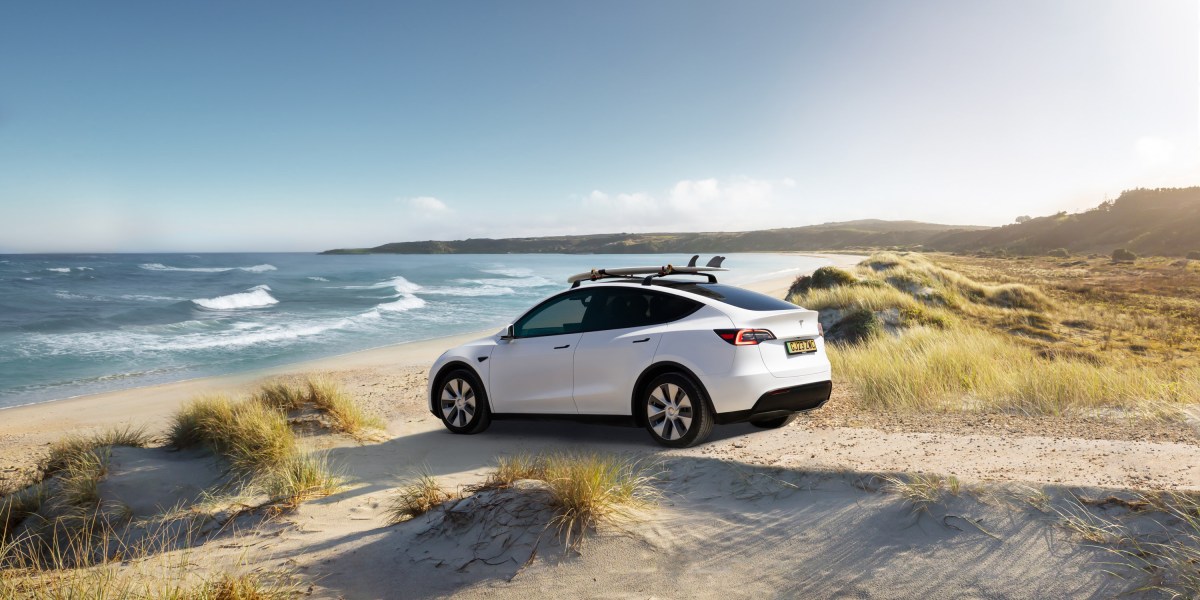There are a lot of reasons to be nervous about the ever-expanding footprint of vehicles, from pedestrian safety and road maintenance concerns to higher greenhouse-gas emissions. But in a way, SUVs also represent a massive opportunity for climate action, since pulling the worst gas-guzzlers off the roads and replacing them with electric versions could be a big step in cutting pollution.
It’s clear that we’re heading toward a future with bigger cars. Here’s what it might mean for the climate, and for our future on the road.
SUVs accounted for 48% of global car sales in 2023, according to a new analysis from the International Energy Agency. This is a continuation of a trend toward bigger cars—just a decade ago, SUVs only made up about 20% of new vehicle sales.
Big vehicles mean big emissions numbers. Last year there were more than 360 million SUVs on the roads, and they produced a billion metric tons of carbon dioxide. If SUVs were a country, they’d have the fifth-highest emissions of any nation on the planet—more than Japan. Of all the energy-related emissions growth last year, over 20% can be attributed to SUVs.
There are several factors driving the world’s move toward larger vehicles. Larger cars tend to have higher profit margins, so companies may be more likely to make and push those models. And drivers are willing to jump on the bandwagon. I understand the appeal—I learned to drive in a huge SUV, and being able to stretch out my legs and float several feet above traffic has its perks.
Electric vehicles are very much following the trend, with several companies unveiling larger models in the past few years. Some of these newly released electric SUVs are seeing massive success. The Tesla Model Y, released in 2020, was far and away the most popular EV last year, with over 1.2 million units sold in 2023. The BYD Song (also an SUV) took second place with 630,000 sold.
Globally, SUVs made up nearly 50% of new EV sales in 2023, compared to just under 20% in 2018, according to the IEA’s Global EV Outlook 2024. There’s also been a shift away from small cars (think the size of the Fiat 500) and toward large ones (similar to the BMW 7-series).
And big-car obsession is a global phenomenon. The US is the land of the free and the home of the massive vehicles—SUVs made up 65% of new electric-vehicle sales in the country in 2023. But other major markets aren’t all that far behind: in Europe, the share was 52%, and in China, it was 36%. (You can see the above chart broken down by region from the IEA here.)

